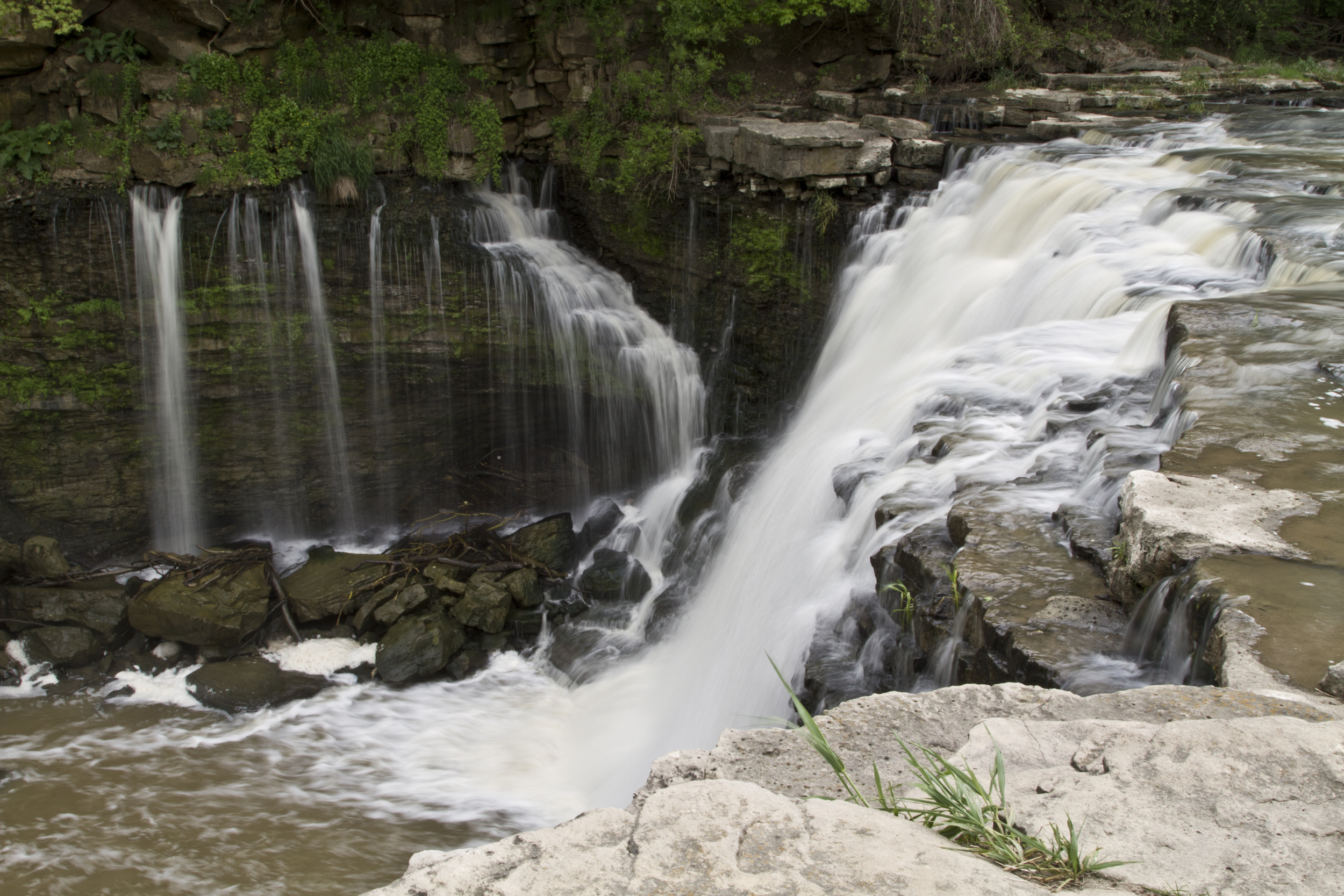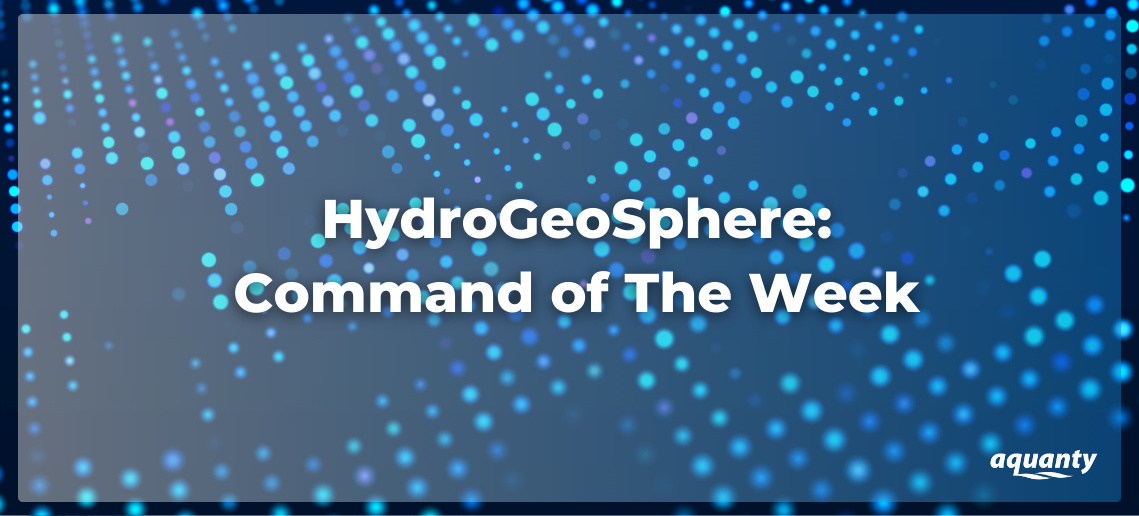

Using the debug.control file for real-time tuning of HGS simulation performance
This post explains how to use the debug.control file to modify the performance of an HGS simulation in real-time. By adjusting settings in the debug.control file, users can tweak parameters like convergence and time stepping without needing to restart the simulation. This is particularly helpful for optimizing the simulation's behavior during runtime. We find that using debug.control is a great way to test different settings and improve model performance on the fly. The file also provides the flexibility to pause simulations or adjust output, making it an essential tool for users looking to troubleshoot or fine-tune their models.

Introducing the HydroGeoSphere Interface - Aquanty Webinar
The HGS Interface is a GUI for HydroGeoSphere that has been built into Aquaveo’s flagship Groundwater Modeling System (GMS), one of the world’s premier software packages for subsurface hydrological simulations. With the introduction of the extremely powerful HydroGeoSphere simulation engine, GMS v10.8 users will be able to construct fully-integrated groundwater-surface water models powered by HydroGeoSphere!

"Visualizing HydroGeoSphere Output with Tecplot 360" - Aquanty Webinar
Tecplot 360 is the leading post-processing tool for finite element mesh studies and Aquanty’s recommended tool to process and visualize the results of your HydroGeoSphere models.

Assigning Spatially Variable PM Properties using “Map property from raster for chosen elements”
If you have ever tried to assign spatially variable material properties in your HGS models using raster files, you will already know that there were several different command specific to individual properties.

Assign Multiple Observation Points Based on Depth from Ground Surface
This post describes how to use six new commands introduced in the June 2022 release (Revision 2409) of HydroGeoSphere that simplify the definition of observation points in your models. These commands allow you to assign observation points based on absolute elevations or depth from ground surface, making it easier to work with field data and reducing manual input. Conceptually, these commands streamline the process by allowing direct placement of observation points relative to known reference levels. We find these commands particularly useful for efficiently defining observation networks and improving model setup workflows.

'use tabulated unsaturated functions'
This post describes how to use the use tabulated unsaturated functions command, introduced in the May 2022 release (Revision 2397) of HydroGeoSphere, to streamline the implementation of tabular constitutive relationships for unsaturated flow. By automating the process of generating and applying unsaturated tables, this command reduces manual steps and can improve model runtimes. However, in some cases, using unsaturated tables may introduce additional computational overhead. We find this command particularly useful for users working with van Genuchten or Brooks-Corey functions who want to optimize performance while maintaining accuracy.

Particle Tracing
This post describes how to use particle tracing in HydroGeoSphere, introduced with the release of HGS revision 2385 (April 2022). This new capability allows users to track the movement of massless particles through the subsurface domain, providing valuable insights into flow patterns and transport processes. Conceptually, particle tracing helps visualize how water moves through the system, making it a powerful tool for analyzing groundwater flow and solute transport. We find this feature particularly useful for understanding complex flow dynamics.

Visualizing Models Components Using to Tecplot Commands
This post describes how to use Tecplot export commands to visualize model properties and structures without running a full simulation. Commands like mesh to tecplot, K to tecplot, and channels to tecplot allow users to quickly inspect their model setup by generating Tecplot-formatted files directly from grok.exe. These commands are particularly useful for reviewing mesh structures, material properties, and domain features like fractures and channels before committing to a full model run. We find these tools extremely helpful for catching errors early and streamlining the model-building process.

Reservoir with Spillway
This post describes the new reservoir with spillway boundary condition, an improvement over the basic reservoir BC that provides greater control over water release in HydroGeoSphere models. This boundary condition allows for more realistic reservoir inflow and outflow behavior by incorporating parameters such as surcharge storage, spillway discharge, and gate-controlled release. Conceptually, the reservoir with spillway BC enhances water management simulations by dynamically adjusting outflows based on reservoir storage conditions rather than relying solely on predefined time-value tables. We find this boundary condition particularly useful for modeling hydraulic control features in complex water management scenarios.

Fluid Volume Concentration Threshold
This post describes how to use the fluid volume concentration threshold command, introduced in the January 2022 release (revision 2342), to calculate fluid volumes throughout the model domain that exceed or fall below a user-defined concentration threshold. Conceptually, we can think of this command as a way to separate water into two categories based on solute concentration—those above the threshold (contaminated water) and those below (uncontaminated water). This command is active when the concentration value reaches the specified threshold, removing the need for post-processing in external software like Tecplot.
